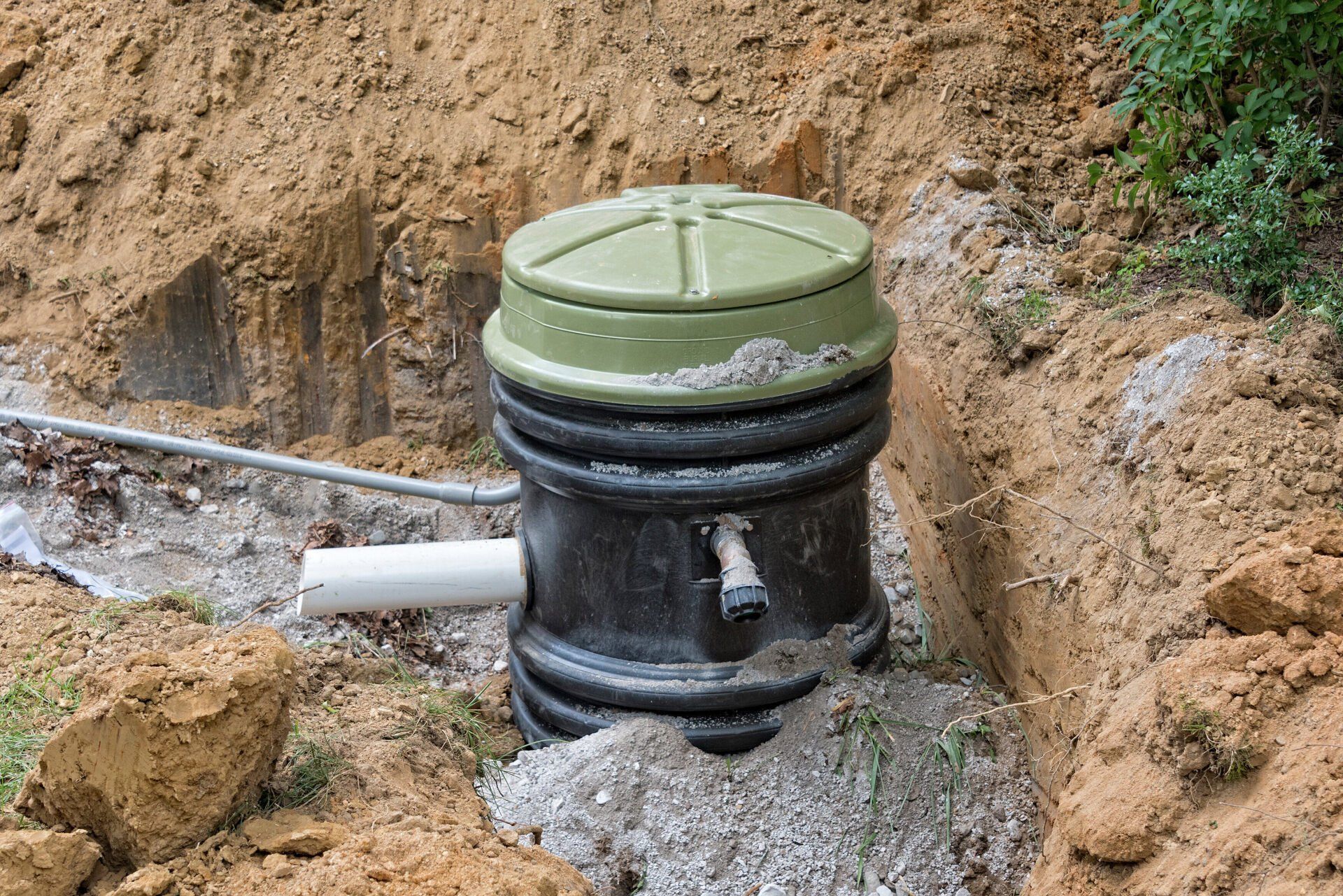An Overview of a Septic System Lift Station

Septic contractors install different septic systems depending on circumstances and needs. Below is an overview of a septic lift station, which some systems need.
Why Do You Need a Lift Station?
Septic effluent usually flows by the force of gravity. During a system design, you locate the drainfield relatively lower than the tank. That way, waste from the tank flows by itself into the drainfield.
However, such a design is not possible in all areas. Topographical complications, especially on constrained lots, might force you to design the septic system so that effluent cannot flow from the tank to the drainfield by gravity. You need a lift station to move the effluent between the two locations in such a case.
How Does a Lift Station Work?
The lift station has three main components: the pump, connection pipes, and distribution box. The pump sits inside the septic tank to pump the waste out once it reaches a certain level. The system features a float that monitors the effluent level and triggers the pump once it reaches the preset level. That way, the pump does not work all the time and wastes energy.
Once the pump starts running, it forces the effluent into the pipes. The pipes channel the effluent into the distribution box, which sits on one end of the drainfield. The distribution box has multiple outlet pipes that distribute the effluent into different sections of the drainfield. Such dispersal spreads the affluent and ensures it does not overwhelm a section of the drainfield.
How Do You Make a Lift Station Choice?
Your septic contractor will help you choose the appropriate lift station for your septic system. Discover the top factors that determine the choice:
- Water table
- Distance from tank to drainfield
- Elevation of property
Note that an oversized septic tank is better than an undersized septic system since the larger tank means longer pumping intervals.
With ground elevation, the sharper the incline, the more powerful the lift station pump should be. Compare a case where the ground rises one foot for every five feet of horizontal distance and another where the ground rises one foot for every two feet of horizontal distance. The second case requires a more powerful pump than the first due to its steeper slope.
What Are Tips for Lift Station Maintenance?
Maintain the lift station alongside the other septic system's components. Discover some important maintenance tips.
Do Not Overload the System
Remember, the lift station pump has a maximum volume of waste. Do not overwhelm it with waste. Do not flush things unnecessary down the drain or grow your household size without modifying the septic system.
Inspect the System
Inspect the lift station regularly for signs of failure. Regular inspection is necessary for the entire septic system. Confirm the septic alarm's testing during inspection or service. The lift station has an alarm that sounds if effluent fills the tank, but the pump fails to work. A failed pump plus a failed alarm can cause back-ups.
Southern Sanitary Systems Inc has extensive experience with different septic systems. Contact us to install, service, and repair your septic system.
We are happy to go over any questions or concerns you have about your septic system and all of its components like lift stations. Whether you are new to owning a septic system or want to be proactive about its maintenance, we are here to take care of all your septic system needs. Please let us know what we can do for you and your septic system, including the lift station. When you want quality septic system care, we’ve got you covered.







